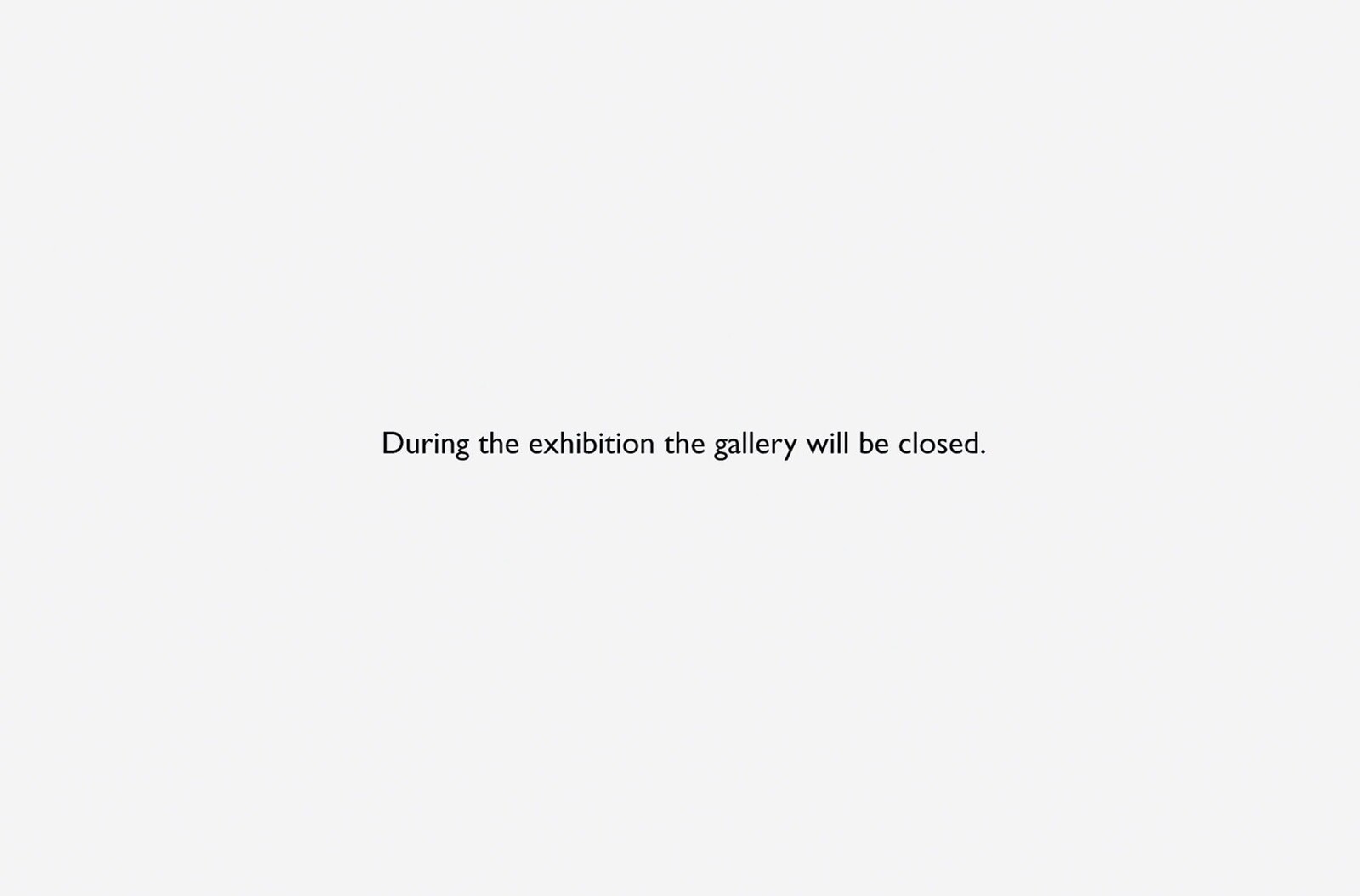So, what are we to call “these times”? In recent weeks the editors of art-agenda have received scores of emails declaring them to be “difficult,” “testing,” “precarious,” “strange,” “unprecedented,” “dark,” “challenging,” even “unimaginable.”1 “There is no denying that times are tough,” reads the opportunistic message from a website builder (discount code: STAYSAFE) that just landed in our inbox; a publisher insists that their latest title will offer “comfort in these trying times.” Boilerplate introductions—“I hope this finds you well”—are now supplemented by some variation on the formulation “in these times”, and a reinforcing clause which might be paraphrased as: “but really, this time I mean it…”
To flag these expressions of concern as clichés is not to dispute their sincerity. All of us will take refuge in stock constructions when overwhelmed by an event as massive as that now threatening to engulf us, and few of us have time when writing an email to turn the perfect phrase. But art can work against this tendency to shorthand. It asks us to attend to particulars—images, objects, ideas—and to interrogate how our emotional and intellectual responses illuminate the structures of meaning that support them. Culture exists in relation to the times—the critic must believe—and so provides a sign through which to read them.
In March we published reviews—all commissioned long before the pandemic was defined as such by the World Health Organization—of a group show titled “Contagio” touching on contamination and xenophobia, a science-fiction film in which an authoritarian government quarantines an undocumented immigrant on the pretext that she might be carrying a disease, and another inspired by an experience of art that takes place in the imagination. We ran a critique of stereotypical representations of China in the United States figured through the framing of its contemporary art, and another on what “home” means in post-apartheid South Africa. If in retrospect these pieces of writing seem pertinent to our circumstances, it is because art is conditioned by the contexts in which it is reflected upon as much as those under which it is made. Which is why it can help us to understand “these times”—however “unimaginable” or “unprecedented”—and why we need to keep writing and arguing about art as much as making it.
Works of art do not need consciously to address “these times” in order to shed light upon them. So we will resist the temptation to publish isolation diaries, listicles of works about epidemiology, speculations on art’s healing properties, or essays on the solace to be found in gardens. We hope to avoid the spectacularism of the hot take and will try instead to meet the responsibility of art criticism to connect readers with the products of culture and the means of their distribution. So, this month, the latest in our “Spaces” series of essays will discuss how online exhibitions can move beyond pastiche of bricks-and-mortar architectures to generate new meanings and connections, while a text from Milan describes the experience of engaging with art in confinement. We’ll also publish our first review of a digital exhibition as the Biennale of Sydney, like much of the world’s population, migrates online.
“Conversations,” a programme of discussions between artists, writers, and curators, will attempt to bridge borders and to keep ideas moving when people can’t. Consulting the past on issues of the present, the “Rearview” format—in which contributors revisit a piece of art writing that influenced their thinking—turns its attention to the growing archive of our sister publication, e-flux journal. There will be pieces on the problematics of retrospective biography in the era of identity politics and, as part of our collaboration with the Fondation Ricard, on the rewards and responsibilities of writing on an artist’s body of work. There will be reviews of exhibitions cut short (on the principle that such critical attention is now doubly important), from galleries open by appointment in some cities, and even—hairline crack of hope in the darkness—reopening to the public in others.
All of which is to say that “these times,” however defined, only reinforce our commitment to independent critical thought, imaginative exercise, and close attention to the conditions of everyday life. But at the start of a long month, allow us to finish by indulging in a final stock phrase: take care.
The editors, it should be acknowledged and as our correspondents will no doubt testify, are not immune from this tendency.
